How to Help Your Blended Family Eat Vegan
These days, families come in all forms, and for various reasons, it’s common for a child’s biological parents to live in separate households or for one or both parents to be largely or completely absent from the child’s life. Maybe you and your partner have children from previous relationships and are moving in together, or maybe you foster or have adopted children in your family. Or perhaps you’re the legal guardian of your grandchild, niece, or nephew.
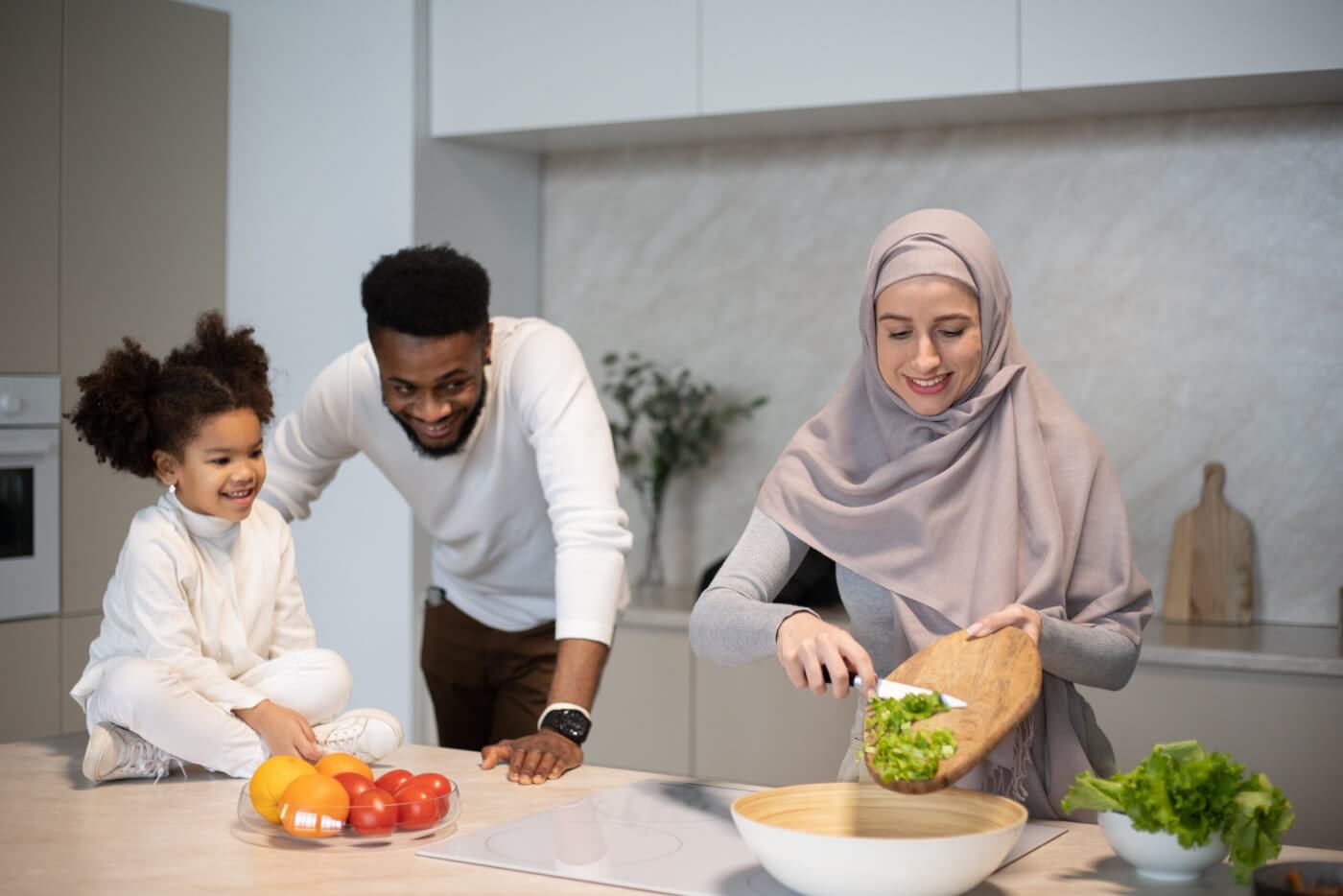
No matter your family’s dynamics, compassion for animals is one of the many valuable lessons that you can help the children in your care learn—and one of the easiest (and most delicious) ways your family can be kind to animals is by leaving them off the dinner table and eating vegan. If you’re not sure where to start or you’ve experienced resistance from the children or someone else in their life to your efforts to teach them to respect and be kind to animals through their food choices, don’t stress! We asked real parents and guardians for their advice on inspiring kids to live vegan in their blended or otherwise nontraditional families. Here’s what they had to share:
Co-Parenting
- “When I was pregnant, my partner and I sat down and had a discussion about what principles we’d instill in our son. He and I are complete opposites, so it was important that we had everything out in the open so there wouldn’t be any confusion. We talked about all the important things: religion, schooling, parenting styles, etc. My partner wasn’t vegan, so making sure we were on the same page about our son being raised vegan was really important to me. His biggest concern was that our son would be bullied or feel like an outcast for being vegan. Children can be mean, and whether he was vegan or not, he could possibly get bullied—that’s life. We ended up having to discuss veganism many times throughout my pregnancy, so I decided to research the health benefits for vegan children and have my partner watch What the Health. That’s what won him over. Now that we aren’t together anymore and are co-parenting, I can rest easy knowing that those things are going to be consistent between both households. And since we’d had so many conversations about it, he has the knowledge to combat his friends and family about our son’s vegan eating since I’m not there.”
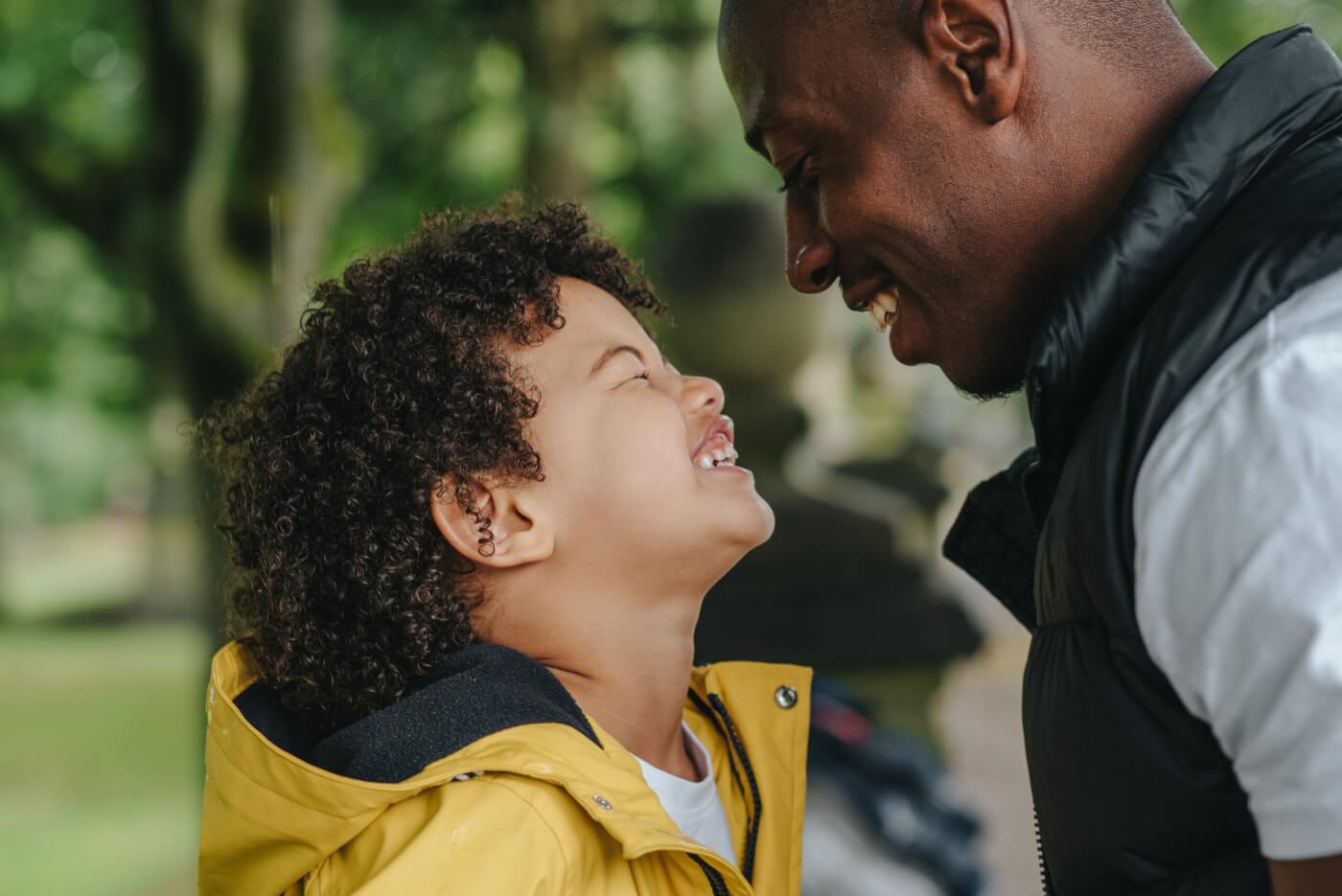
- “Make sure the kids understand why they are vegan so that they can stand up for their choice if their other parent isn’t supportive of their vegan lifestyle. It will be much more compelling to the other parent if the children can explain why and what it means to them, rather than the vegan parent telling the other parent, ‘I say they can’t eat this, they can’t do that, etc.’”
- “I think what is massively important is for the children to know that they are still kind, compassionate vegans at heart, even if their other parent makes them eat or do certain nonvegan things. That is out of their hands, unfortunately, and they are doing what they can within their means for animals and the planet.”
Stepparenting
- “I’ve had people give me a hard time for feeding my stepchild vegan food and ‘not letting them make their own food choices.’ Of course, I do let my stepchild help pick what’s for dinner that night or choose what sides go in their lunchbox. But as parents, it’s our job to make many decisions on our children’s behalf, and the choice to feed them vegan food is no different than the choice to feed them anything else. As long as they’re happy and healthy, it’s really no one else’s business what you serve for meals in your home.”
- “When I first moved in with my husband and his 4-year-old daughter, I knew I wanted to help them go vegan, but I decided not to announce this to my stepdaughter. She’s very headstrong, and I could tell that she needed time to get used to having me around and respecting me as an authority figure in her life, so over the course of a year or so, I quietly swapped out her chicken nuggets, grilled cheese sandwiches, and other favorite foods for vegan versions. Most of the time, she didn’t notice. Other times, she’d have a meltdown and I’d make a note not to buy that particular product again. Now, she eats entirely vegan when she’s with us, and I like to think I avoided a lot of arguing by just making simple swaps and not necessarily making a big fuss about it.”
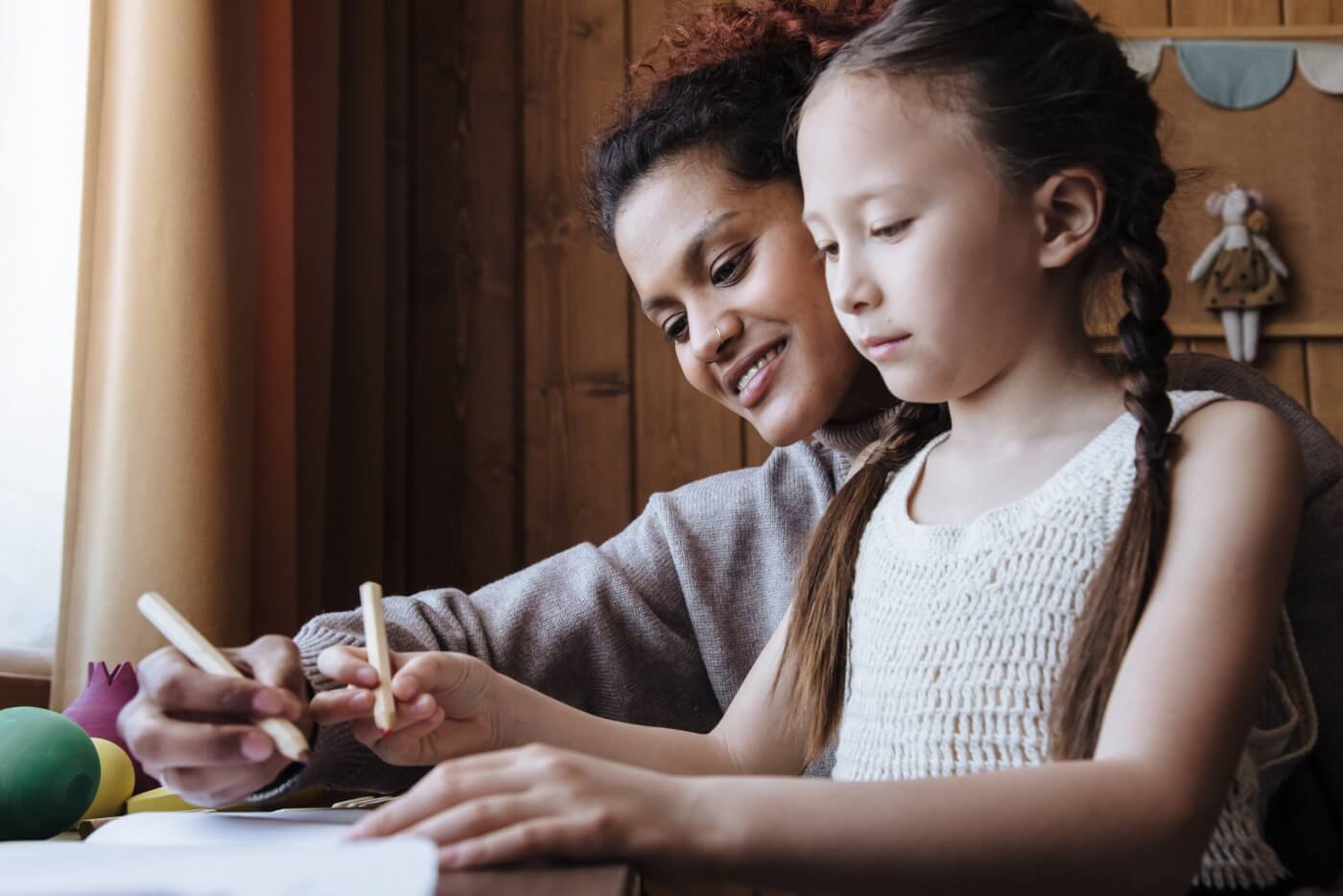
- “My stepdaughter was initially a little resistant to the idea of going vegan, so I just made fun vegan foods like chocolate almond milk, vegan cookies, cheese-flavored crackers, and nondairy whipped cream for her pancakes (as well as healthy vegan foods) available to her. I never pushed these foods on her, and I think because she didn’t feel pressured to try them, she eventually gave them a shot on her own and loved them.”
Fostering and Adopting Children
- “Communication is key. Talk to kids about what being vegan means and why your family doesn’t eat animals. Get kids’ books about why veganism is important, and read them with the kids. Communicate with your foster/adoption agency, too. Make sure to let them know ahead of time that you are vegan and intend to feed kids vegan food. Be patient with them and answer any questions they may have about if kids will get enough nutrients, etc.”
- “Be firm with your foster/adoption agency. One time, a social worker got pretty aggressive with me and was insisting that I feed my foster kids fried chicken from KFC. She said that our family’s vegan lifestyle was extreme. I reminded her that killing animals is extreme and that we could simply take the kids to the Veggie Grill for vegan fried chicken instead. Be confident and don’t let them push you around. Foster parents are badly needed, so they won’t want to lose you.”
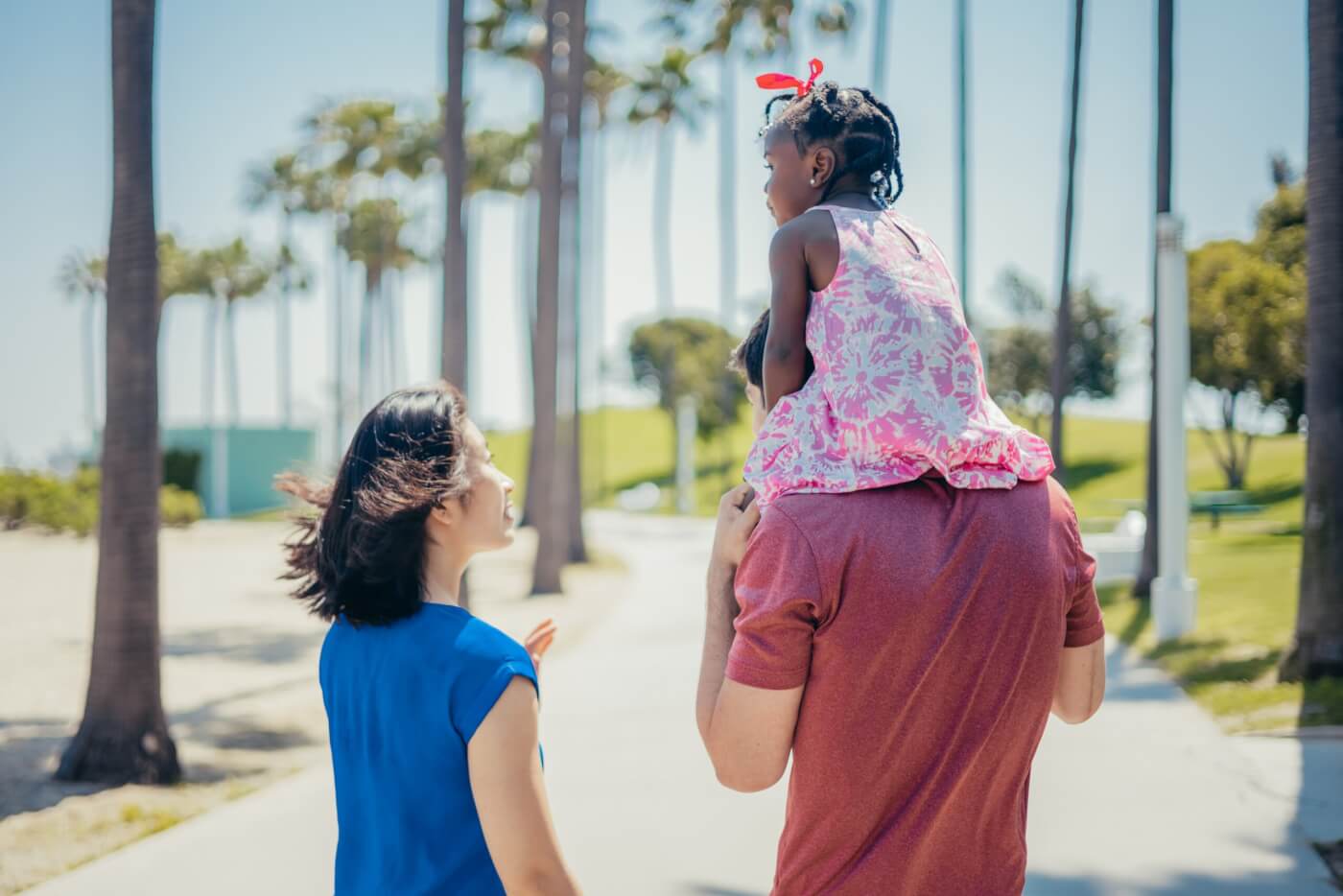
- “Know and accept that you can’t control everything. My husband and I always fed our foster kids vegan food, but we knew that we couldn’t always control what they ate at school, at a friend’s house, or, of course, when they were visiting their biological family. We also gave them an allowance and allowed them to use the money how they wanted, and sometimes they would buy nonvegan ice cream, etc. Control what you can control, and let the little things go. If children are upset about eating vegan, they won’t want to continue once they’re no longer in your care, so be patient and understanding and don’t push them too hard. Do communicate with teachers and other caregivers and let them know you are a vegan family, but don’t freak out when kids eat something that’s not vegan. You are making a world of difference by letting kids know about vegan eating and animal suffering. Hopefully, you are setting them up for a lifetime of compassion. So be compassionate and patient with them, too.”
- “Find out what the kids’ favorite foods are and get or make vegan versions (mac ’n’ cheese, hot dogs, etc.). Show them that they can still have their favorite foods without hurting animals. Remember that foster kids have had their entire world turned upside down, so try to offer them some consistency by offering vegan versions of familiar foods.”
General Advice for Compassionate Blended Families
While forming a non-nuclear family can be a joyful experience, it can take everyone involved, especially children, time to recover from the life events that have brought about these changes—such as a divorce, a break-up, or the death of a loved one. Children and adults alike also need time to feel comfortable in a new home or around new family members. Participating in fun animal-friendly activities, having conversations about the reasons why you went vegan, and otherwise connecting over your shared interest in animals and their well-being can be powerful bonding experiences for you and the children in your life.

Use the following tips to make this adjustment period a little easier while promoting compassion for animals:
- “Take kids to a farmed animal sanctuary! This is the best way to help kids realize that the animals humans eat are individuals, just like cats and dogs. That connection with animals is so important in reinforcing the importance of being vegan. Visiting with farmed animals is also a great activity for children, especially children with trauma, as it is so calming.”
- “Praise kids for their compassion. Let them know how much they are helping animals and the planet. Kids love to know they are doing something good for the world. Positive reinforcement is so powerful.”
- “Be prepared. Bring vegan cupcakes, pizza, etc., to nonvegan birthday parties and other events. Kids hate to feel left out, so try to make it so they can have something very similar to what the other kids are having.”
- “Don’t take it personally when kids don’t love everything you make them to eat or push back when you explain why using animals in entertainment or in other areas is wrong. It’s normal for kids to question authority—in fact, I think that’s a great quality to have! And as long as you’re always there to answer their questions and help guide them in the right direction, you’ll have a huge impact on who they grow up to be and how they treat others.”
- “When I was pregnant, my family constantly asked me if my son would be vegan. I went vegan when I was 10, so I thought they’d be used to the idea by now, but they weren’t. I decided to buy everyone in my family a vegan cookbook. I got my grandma a cookbook for vegans over 50, I got my uncle a vegan grill master cookbook, I got my aunt a vegan baking cookbook, I got my sister a vegan slow-cooker cookbook, and I got my mom a vegan family meals cookbook. I told them that now there was no excuse not to be able to provide vegan food and that if they wanted to see me or my son, there needed to be food we could eat. Since I’ve had my son, there have been many vegan options at every family function!”
*****
Looking for more tips? Check out our helpful guide to explaining to your child why not everyone is vegan as well as easy ways to promote compassion for animals through the words you use.




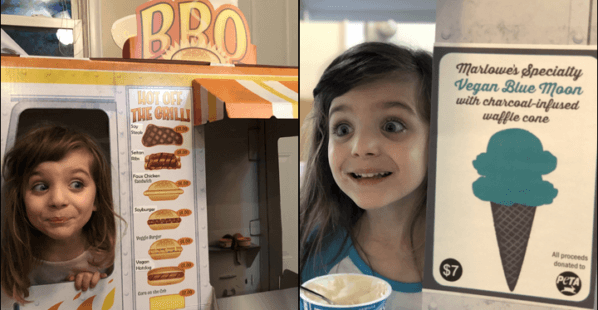
Under 13? Ask your parents bee-fore you continue!